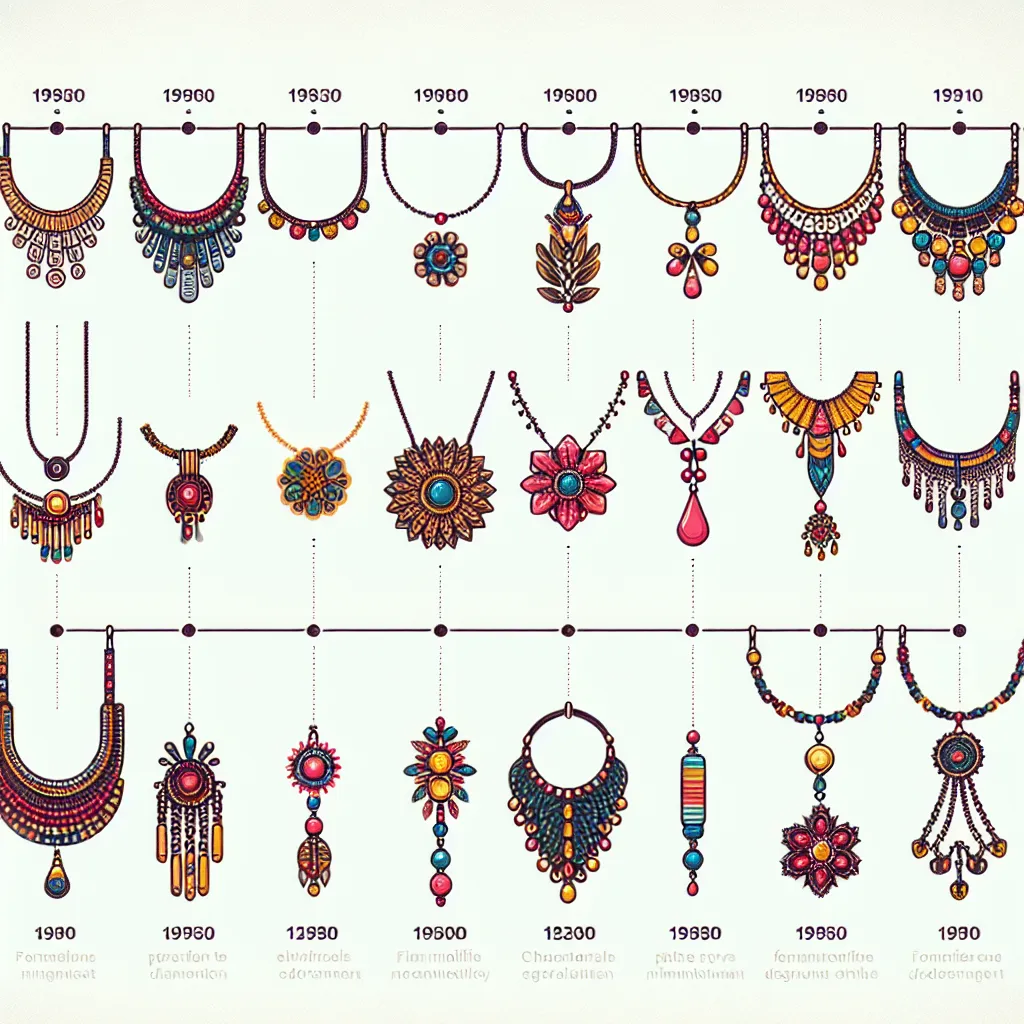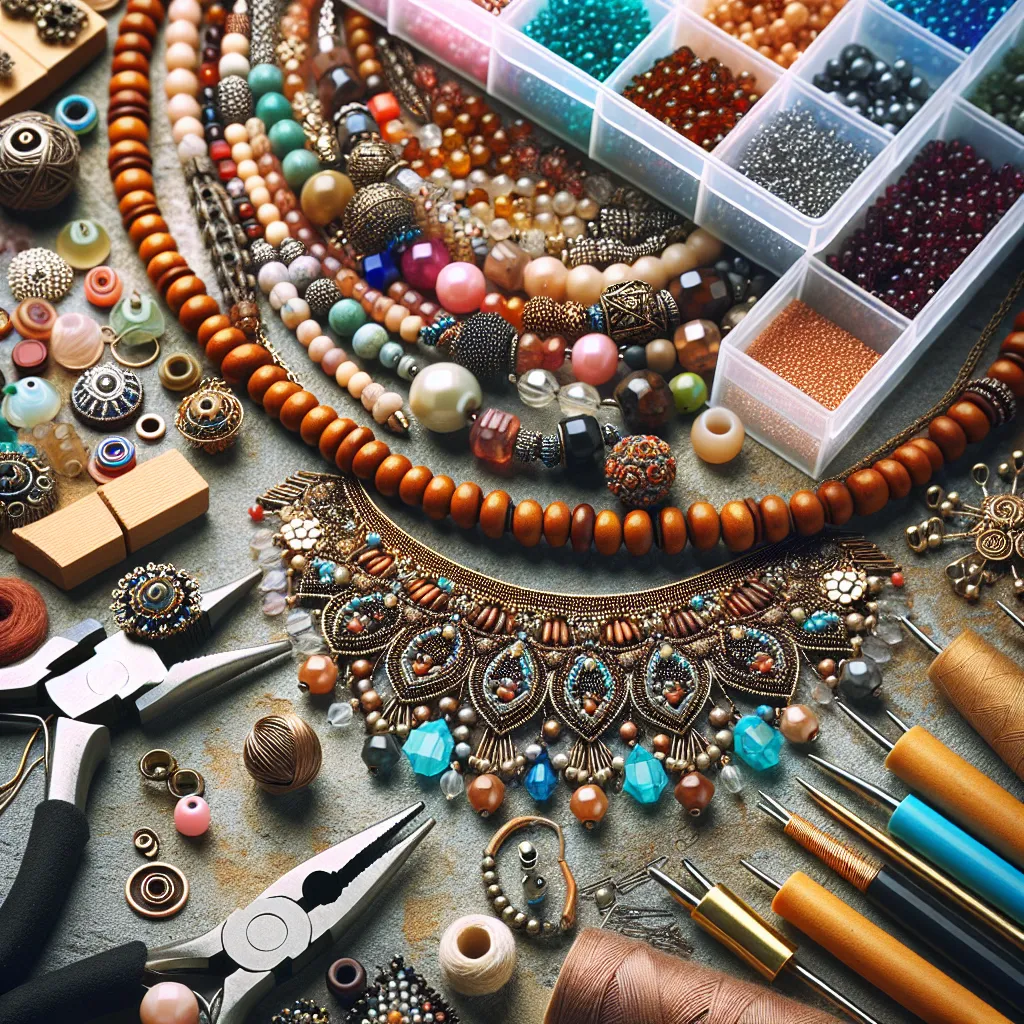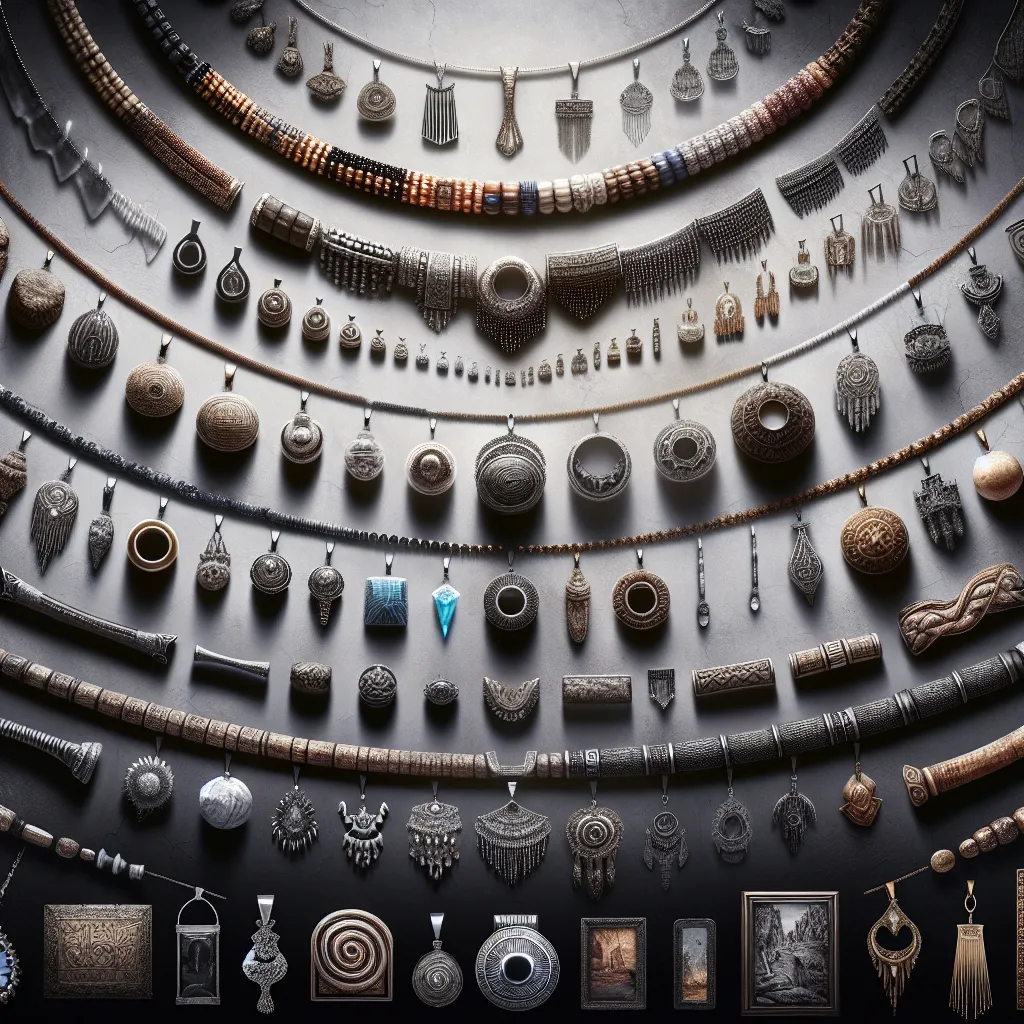The Evolution of Necklace Styles Through History
Throughout history, necklaces have served as a significant aspect of human adornment, evolving in style and significance across various civilizations. The evolution of necklace styles through history reflects the artistic, cultural, and societal influences of different eras. In ancient times, necklaces were crafted from natural materials such as shells, bones, and stones, symbolizing a connection to nature and spirituality. The Egyptians, known for their opulent jewelry, favored intricate collar necklaces featuring colorful gemstones and intricate metalwork, often worn as symbols of wealth and status.
As civilizations interacted through trade and conquest, necklace styles became influenced by cross-cultural exchanges. The Greek and Roman periods introduced the use of gold and precious gemstones in necklace designs, signifying luxury and prestige. During the Middle Ages, religious symbolism heavily influenced necklace designs, with pendants featuring Christian icons and motifs. Renaissance Europe saw a revival of classical inspirations, leading to the creation of elaborate pearl and cameo necklaces favored by the nobility.
The industrial revolution marked a shift towards mass production and the use of alternative materials, leading to the popularization of costume jewelry and beaded necklaces. The Art Nouveau and Art Deco movements in the late 19th and early 20th centuries brought forth innovative and avant-garde necklace designs, characterized by flowing lines, nature-inspired motifs, and geometric forms.
In the modern era, diverse influences from global cultures and advancements in technology have led to an eclectic mix of necklace styles. From minimalist, geometric necklaces of the Bauhaus movement to the bold, statement necklaces of the 1980s, contemporary trends encompass a wide spectrum of designs catering to individualistic preferences.
In conclusion, the evolution of necklace styles through history showcases the dynamic interplay between artistic expression, cultural traditions, and societal values. From humble origins to extravagant creations, necklaces have remained a timeless accessory, reflecting the ever-changing tapestry of human creativity and craftsmanship.
Symbolism and Cultural Significance of Necklaces
Necklaces have played a significant role in human history, serving not only as adornments but also as powerful symbols of cultural significance. From ancient times to modern trends, necklaces have been used to convey messages, display status, and express identity across various cultures and societies.
In ancient Egypt, necklaces held a deep cultural significance, often being worn as protective amulets or symbols of wealth and status. The famous amulet necklaces such as the Ankh and the Eye of Horus were believed to offer protection and good fortune to the wearer, showcasing the deep spiritual and symbolic value attributed to necklaces in ancient Egyptian culture.
Similarly, in ancient Greece, necklaces were not only seen as decorative accessories but also as symbols of social status and protection. The Greeks adorned themselves with necklaces featuring intricate designs and precious gemstones, often associating specific symbols and motifs with various gods and goddesses, reflecting their beliefs and cultural values.
Across different cultures, necklaces have been used to symbolize rites of passage, tribal affiliations, and spiritual beliefs. For example, in many African communities, elaborate beaded necklaces are worn as a symbol of cultural identity and can signify a person’s role within the community. Moreover, in Native American cultures, necklaces have been crafted to communicate spiritual beliefs and connection to the natural world, often featuring symbols such as feathers, animals, and natural elements.
Today, the cultural significance of necklaces continues to be influential in the world of fashion and personal expression. Modern trends incorporate elements of cultural symbolism, with individuals often choosing necklaces that hold personal meaning or represent their heritage and beliefs. Whether it’s a traditional piece passed down through generations or a contemporary design inspired by ancient symbols, necklaces remain a powerful form of cultural expression and personal identity.
In conclusion, the history of necklaces is deeply intertwined with the symbolism and cultural significance they hold across different societies. From ancient civilizations to modern-day fashion, necklaces continue to serve as powerful symbols of heritage, beliefs, and personal identity, reflecting the rich cultural tapestry of human history.
Materials and Techniques: A Journey through Necklace Making
The history of necklaces is a fascinating journey that spans across ancient civilizations to modern trends. One of the most captivating aspects of this history is the rich variety of materials and techniques used in necklace making.
In ancient times, necklaces were crafted from natural materials such as shells, bones, and feathers. These early artisans used primitive tools and techniques to create exquisite necklaces that served as symbols of status, power, and spirituality. The use of intricate knotting and weaving methods allowed for the creation of unique and ornate designs.
As civilizations advanced, so did the materials and techniques used in necklace making. The discovery of precious metals and gemstones revolutionized the art of jewelry crafting. Gold, silver, and precious stones became prized materials for creating stunning necklaces, often adorned with intricate filigree work, engraving, and stone setting.
In modern times, advancements in technology have expanded the possibilities for necklace making. Contemporary artisans have access to a wide array of materials, including glass, acrylic, polymer clay, and recycled materials, allowing for innovative and sustainable designs. Techniques such as 3D printing, laser cutting, and metal clay molding have opened up new avenues for creating intricate and personalized necklaces.
Today, necklace making continues to evolve as designers experiment with unconventional materials and cutting-edge techniques to push the boundaries of traditional jewelry crafting. From traditional metalwork to contemporary mixed media creations, the art of necklace making remains a vibrant and endlessly creative endeavor.
Whether crafted using age-old techniques or cutting-edge innovations, necklaces continue to hold a special place in the world of adornment, serving as timeless expressions of beauty, symbolism, and personal style.
This journey through the materials and techniques of necklace making showcases the enduring creativity and craftsmanship that have defined this art form throughout history.
Keywords: necklace history, necklace making, materials for necklaces, techniques of necklace crafting, ancient necklace making techniques, modern necklace trends, necklace craftsmanship.
A Closer Look at Iconic Necklaces in Pop Culture
When it comes to iconic necklaces in pop culture, there are several standout pieces that have captured the public’s imagination over the years. One of the most famous examples is the “Heart of the Ocean” necklace from the blockbuster film Titanic. This intricate blue diamond necklace became a symbol of love and tragedy, representing the epic romance at the heart of the movie. Another iconic necklace is the “Elder Wand” pendant worn by the character Hermione Granger in the Harry Potter film series. This magical piece of jewelry captured the imagination of fans and became a coveted item for many Harry Potter enthusiasts.
Moving into modern times, we can’t overlook the impact of the “Pearl Necklace” worn by Audrey Hepburn in the classic film Breakfast at Tiffany’s. This elegant and timeless piece became synonymous with sophistication and style, cementing its place in pop culture history. Additionally, the “Power of Three” necklace worn by the characters in the TV series Charmed has become an iconic symbol for fans of the show, representing the unity and strength of the sisterly trio.
These iconic necklaces have not only played significant roles within their respective stories but have also left a lasting impact on popular culture. Their designs, meanings, and the way they have been incorporated into storytelling have solidified their places in the annals of iconic jewelry in pop culture.



